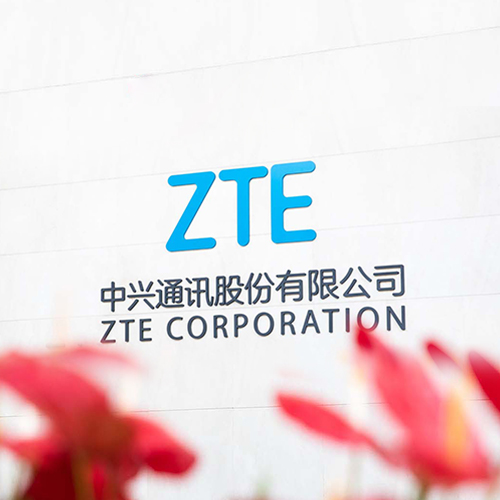25 May 2017, Shenzhen, China – ZTE Corporation (0763.HK / 000063.SZ), a major international provider of telecommunications, enterprise and consumer technology solutions for the Mobile Internet, today announced that its 4th generation indoor coverage solution, Qcell, was leveraged in the modernisation of Changsha Huanghua International Airport’s wireless network.
In this use case, 5G technologies were deployed in existing 4G networks, providing subscribers with massive amounts of data, supreme peak data rates and abundant IoT applications. In keeping with Huanghua International Airport’s aim to be the “Enoyable, Operational and Workable” smart airport, the director of China Telecom’s Hunan branch praised the Qcell solution after testing and experiencing it on site, saying: “The solution meets the airport’s mantra. Enjoyable: let subscribers experience it first, then start to promote business; Operational: deploy mobile edge computing in key scenarios such as airports and campuses; Workable: visualised management is utilised to ensure timely troubleshooting.” In field tests, China Telecom’s Hunan branch and ZTE have recorded a peak download data rate of 282 Mbps, and experienced a voice-over LTE (VoLTE) service based on Qcell coverage, with clear and smooth video browsing, even while on the move.
ZTE’s Qcell solution uses pre ultra-dense networking (UDN) technology, cancelling interference between super small cells and maximising the cell number per unit area. 5G preUDN technology is applied in the Qcell solution, enabling subscribers to enjoy the benefits of a 5G solution on existing 4G infrastructure. Meanwhile, frequency-division duplexing (FDD) three-carrier aggregation has been commercially launched, with the densely populated airport giving full-play to the technology. Utilising the technologies mentioned above, the coverage rate of the airport is improved to 100 percent (previously 98 percent), genuinely achieving zero blind spots; and average network connection speeds of 166.24 Mbps, almost four times the original 48 Mbps, greatly enhancing user experience. The ubiquitous HD video service is also implemented, and future 4K video and augmented/virtual reality (AR/VR) services are also supported.
Through mobile edge computing, ZTE also provides accurate indoor positioning services, indoor IoT services and enterprise network services in the airport via its open platform, breaking the conventional operators’ service boundaries. It extends the business of operators from B2C to B2V by entering the vertical industry applications of smart shopping malls, smart airports etc.
The visualisation functions of the Qcell solution solve the traditional management problems of distributed antenna systems (DAS). Device state, connection and subscribers’ behaviour information can be displayed in a floor plan which clearly shows devices’ operating status. Zero delay processing of network abnormalities ensures a smooth user experience and fulfils smart operation and maintenance.
The modernisation of Huanghua International Airport sets a new benchmark for smart airports. ZTE will continue the development of smart airports in the future, providing enjoyable, connected travel experiences, delivering multiple benefits for operators, airports and passengers.
